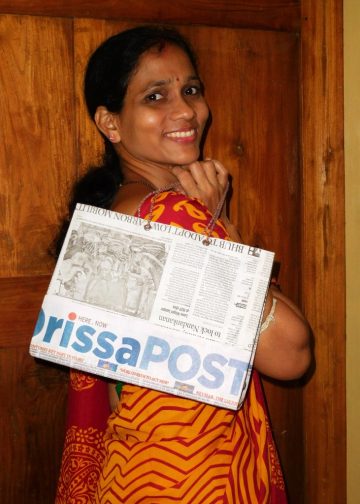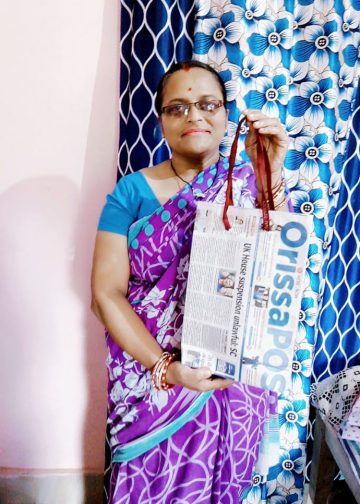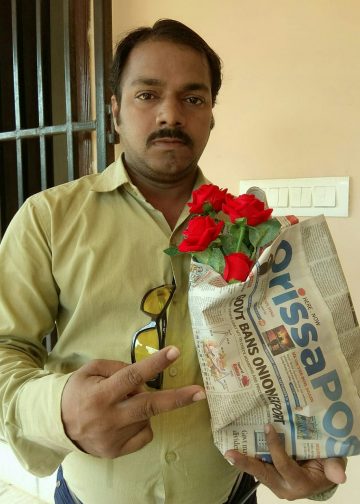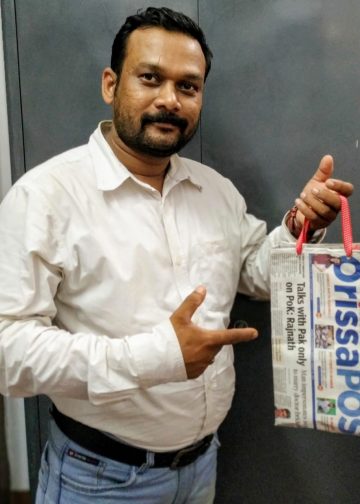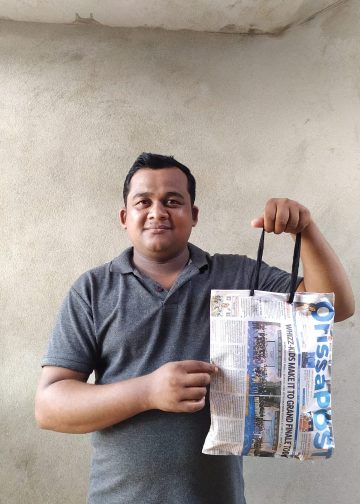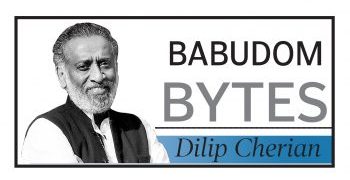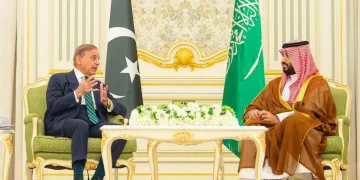Lalit Mohan Mishra
Prime Minister Narendra Modi’s recent criticism of Orissa’s development model at a meeting in Balasore has sparked off a political debate. Modi said the model was creating poverty and encouraging migration even when the state is rich in natural resources.
Has the Orissa development model of Naveen Patnaik government indeed failed to deliver? Is there a better model for Orissa?
To a common man, development means roads, irrigation, electricity, employment, healthcare and schools, among other things. But development planners consider GSDP (Gross State Domestic Product) the indicator of development of a state. The United Nations defined core areas for development of nations under the 17 Sustainable Development Goals (SDGs) adopted September 25, 2015. These include ending poverty; ending hunger; ensuring health and well-being for all; education for all; and gender equality and women’s empowerment among them.
In India, a panel headed by Raghuram Rajan assessed the development of 28 states on ten criteria and submitted its report in 2013. The criteria the committee had set included monthly per capita consumption expenditure; education status; health status(IMR); poverty rate; and female literacy.
In the report, Orissa figured as the most underdeveloped state. But none of the developed states in the report was ruled by the BJP. It indicates that socio-economic, historical and geographical structure of a state and social engineering were more crucial for development than the ruling political system.
The economic growth model of Orissa in the early post-Independence decades was dependent on agriculture. In the Fifties, agriculture comprised 60.6 per cent of GSDP, while industry and services comprised 11.7 per cent and 27.7 per cent respectively.
This structure changed in the Nineties, when the contribution of agriculture to GSDP was dropped to 36.5 per cent, that of industry increased to 25 per cent and that of services raised to 38.5 per cent. An effect was that poverty dropped from 66.18 per cent in 1973-74 to 47.15 per cent in 1990-00.
But during the same period other states reduced poverty faster. While West Bengal brought poverty down from 63.43 per cent to 27.02 per cent, Karnataka reduced it from 54.47 per cent to 20.04 per cent.
Recurrence of natural disasters, unstable governments and hilly terrain of tribal sub-plan districts affected development of Orissa during 1947–2000. It pushed the KBK region into penury.
The development model of the Naveen Patnaik government since 2000 is focused on deriving more value from industry and service sector than agriculture. It is based on expansion of service and infrastructure sectors. Orissa has also adopted power sector reforms that are key to development besides expanding education, healthcare, rural infrastructure and urbanisation.
But critics question the social-inclusion capacity of the state. Poverty eradication, the first SDG, remains a challenge. Though poverty declined from 57.2 per cent in 2004-05 (Tendulkar method) to 32.6 per cent in 2011-12, its size and spatial distribution are still a concern.
Fall in GSDP share of agriculture is a concern for food security in future. And health and education for all are obstructed by poor access.
Is there a better development model for Orissa? There is, and it requires of the state to address factors causing economic exclusion. Land reform initiated by former chief minister Nandini Satpathy should be revisited and the state should implement Forest Rights Act.
Mega factories cannot generate employment in the absence of downstream industries. Quality education for tribal children alone can alleviate poverty in KBK region, and not political change in governance.
The author is a development and political columnist.













